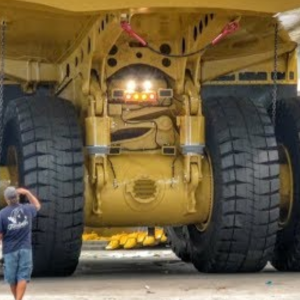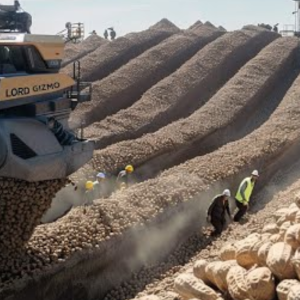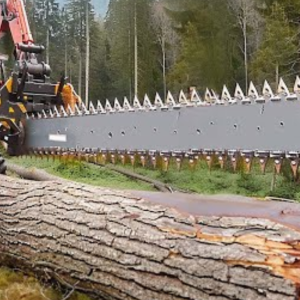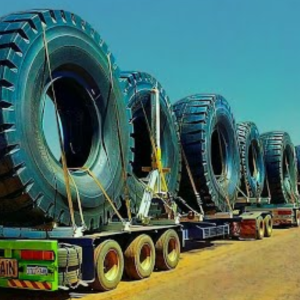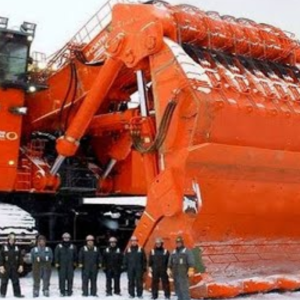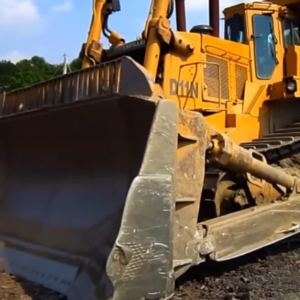
When the GM streamliners first made their appearance in 1941, they looked like the most advanced cars on the road. But the futuristic shape didn’t age well, lasting barely a decade.

1941 Pontiac Torpedo 6 Coupe Sedan
The fastback era at General Motors arrived with a bang in 1941, with Pontiac, Oldsmobile, Buick, and Cadillac adopting the dramatic new sheet metal that year, while Chevrolet followed along one year later in ’42. Developed under the management of GM Styling boss Harley Earl, the teardrop roofline was applied across the board on the company’s A-Body, B-Body, and C-Body platforms, sharing common glass and stampings and produced in both two-door and four-door styles.

1941 Cadillac Sixty-One Five-Passenger Touring Sedan
While the streamliners presented a unified styling look for GM, which it called “Sport Dynamic,” the automaker never made a serious effort to promote them as a single corporate theme. The individual passenger car brands were left to come up with their own model names for their fastbacks, which they did in a casual and often inconsistent manner. Oldsmobile favored the Dynamic Cruiser label, while Pontiac adopted Streamliner and Torpedo (but also applied these names to its conventional body styles).

1942 Chevrolet Special De Luxe Fleetline Aerosedan
Chevrolet came up with the tag Fleetwood Aerosedan, while other GM divisional names included Club Coupe, Touring Sedan, and Coupe Sedan. But the name that stuck in the minds of the public was the Buick label, Sedanet. Consumers applied the name to all the GM fastbacks, often adopting their own alternative non-GM spelling, “Sedanette.” Buick stayed with the Sedanet designation throughout its fastback phase, embellishing it to Jetback Sedanet in 1950.

1946 Oldsmobile Dynamic 76 Club Sedan
When civilian auto production at GM resumed at the end of World War II, the streamliners returned as well, as the ’46 passenger cars were barely facelifted carryovers from ’42. The automaker typically offered its most popular models in both fastback and conventional three-box sedan styles, careful to offer car buyers their choice of either. When the GM passenger car divisions received their complete redesigns in ’48-’49, the streamlined roofline was continued, but in fewer model lines. The teardrop fad was passing.
Cadillac dropped its fastbacks after 1949, while Buick, Olds, and Pontiac discontinued theirs in 1951. Chevrolet hung on for one more year, offering a single streamliner, the Fleetline Deluxe Two-Door Sedan, through 1952. With the clarity of hindsight, we can see what happened: By 1950, GM’s fastback sales were falling off a cliff. American car buyers no longer viewed the teardrop roofline as futuristic, but as a remnant of the past. The fastbacks were swept off the production schedules to make way for the hot new body styles of the ’50s: the pillarless hardtop and the queen of the suburbs, the all-steel station wagon.
1951 Chevrolet Deluxe Styline Four-Door Sedan

